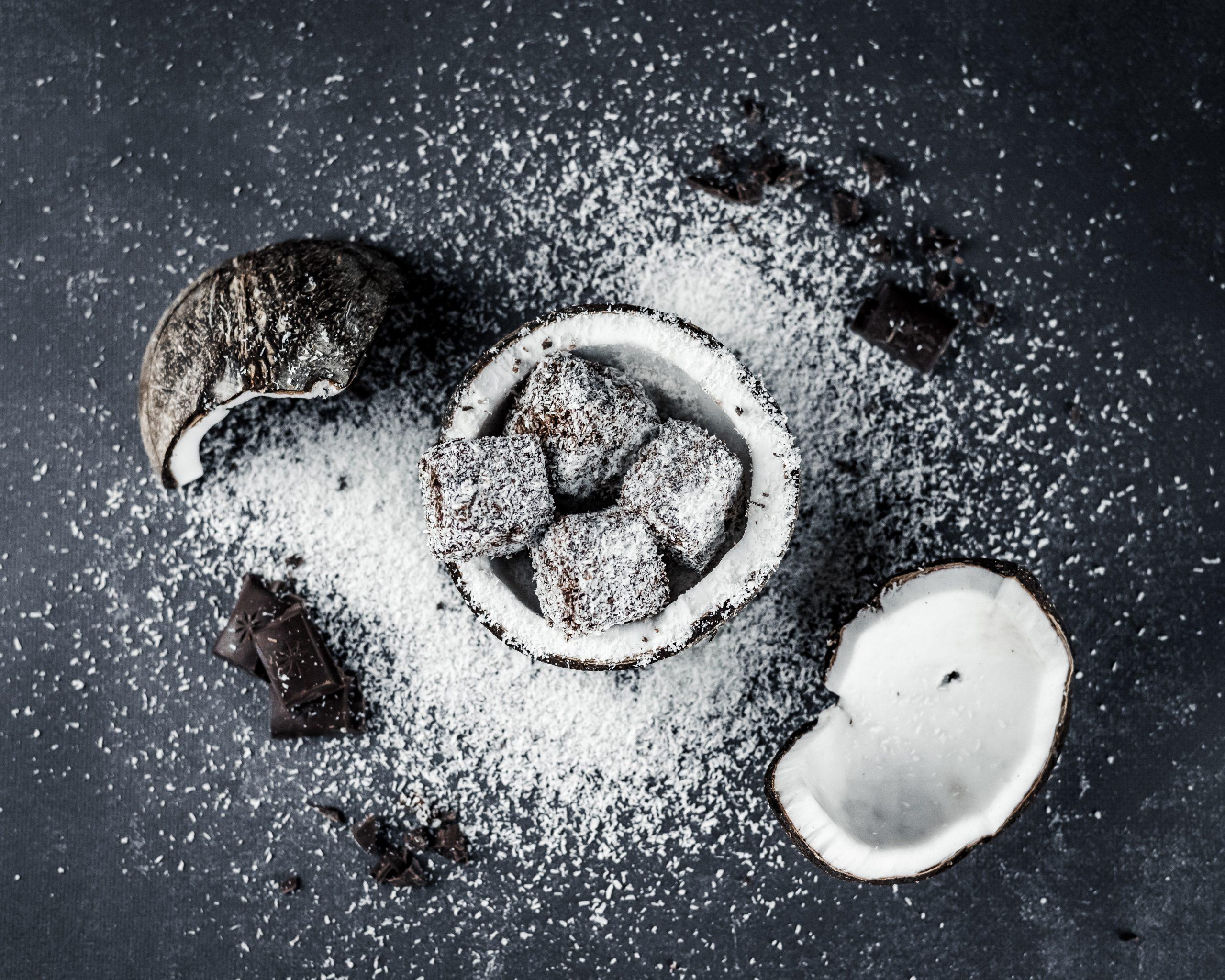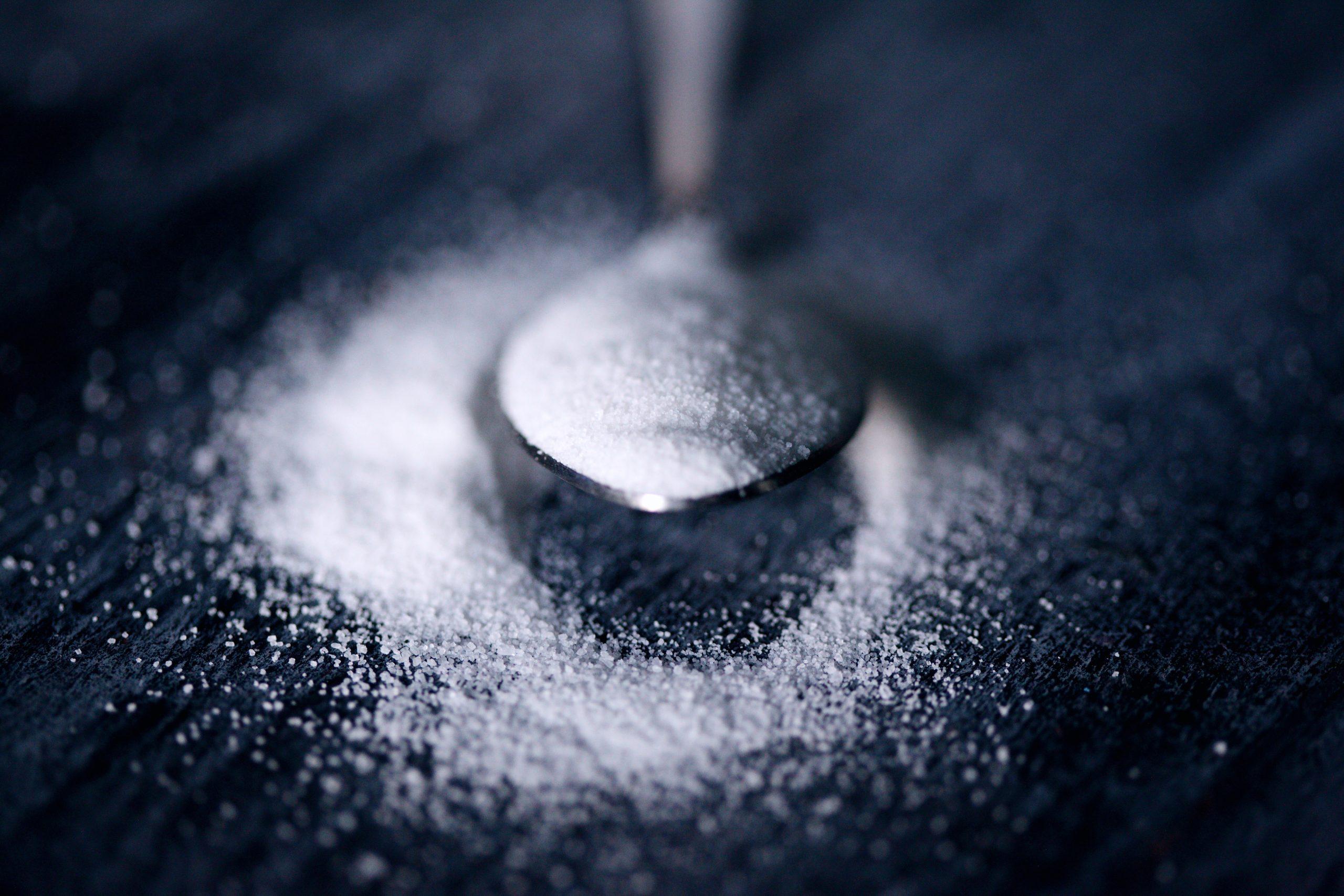What is Erythritol
Erythritol is the first natural polyol, manufactured by a fermentation-based process. Aside from its natural status, its
main benefit is a caloric value of zero (in Europe and Japan, 0.2 kcal/g in the USA) which makes it an excellent bulk
sweetener to formulate mid, low, and zero calorie foods and beverages. It is quickly absorbed and excreted unmetabolised by the human body. This physiological characteristic makes it the best tolerated polyol – not only for
diabetics but for anyone looking for health-conscious nutrition. Erythritol delivers a clean sweet taste with a 60–70%
sweetness level of sugar.
With regards to ice cream, erythritol has three important advantages when compared to classical polyols. Firstly, erythritol is a zero calorie sweetener whereas other polyols add 2.4 kcal/100g. Secondly, no-added-sugar ice creams based on sorbitol and/or maltitol often impart an artificial taste impression. Using erythritol, however, creates a taste and sweetness impression very close to a sugar-based recipe. Lastly, the human gut tolerates erythritol much better than classical polyols and that leads to significantly less digestive stress. Overall erythritol is ideal for the formulation of ice cream with reduced sugar and calorie content as it reduces calories while still providing texture and a pleasant sugar-like taste.
Erythritol is a sweetener
Sweeteners can be divided into intensive
sweeteners and bulk sweeteners (also called extensive sweeteners named). Bulk sweeteners include the polyols (sugar alcohols). Examples of polyols are xylitol (E967), sorbitol (E420) and maltitol (E965). Polyols are only partially included in the intestine and therefore provide less energy than normal sugar, namely an average of 2.4 kilocalories per gram instead of 4 kilocalories per gram. Only erythritol (E 968) provides no energy. Sweeteners have an E number, what means they have been found safe by the European Food Safety Authority (EFSA).

Nutrition claims
In contrast to other global markets, the European Union only allows the use of sugar alcohol bulk sweeteners if their
use (alone or in combination with other polyols) leads to a qualified claim on “With no added sugars” or a reduction of
calories. According to EC Regulation 1924/2006, a “With no added sugars” claim is qualified when the product does
not contain any added mono- or disaccharides or any other food used for its sweetening properties. This definition
allows the use of polyols if their purpose of use is bulking. Dealing with polyols brings along a second labelling consideration in Europe. Once the sum of all polyols in the finished product exceeds 10%, the well-known laxation warning needs to be visible on the product label. In this development exercise, the target was the avoidance of the laxative warning.

Working on sugar reduction by using Erythritol
The above example of a typical ice cream contains two types of sugar. Sucrose is used as a sweetener and bulking agent, while glucose syrup’s main task is controlling the crystallisation of sucrose. In a first step the target was to replace the sucrose, followed by finding a suitable option to replace the glucose syrup. The following characteristics had to be maintained:
– Dry matter content
– Texture and creaminess
– Taste
– Freezing properties
special attention needs to be paid to the freezing properties. The carbohydrates present in the formulation strongly
influence the freezing point through their inherent freezing point depression factor (fpdf). A change in the fpdf alters
the temperature at which the liquid ice cream mix freezes over and becomes solid ice cream. If the freezing point is
depressed too much, then the ice cream will be too soft. If the freezing point is too high, the ice cream will be too
hard, which is adverse to pleasant consumption. It is imperative that the sugar replacement achieves a similar freezing
point depression factor.
In order to get a basic understanding of how erythritol influences the ice cream texture and its sensory profile, the
above mentioned full sugar recipe was adapted towards a “With no added sugars” claim.
In the initial trials, increasing levels of erythritol were used to replace sugar. The trend observed was that increasing
quantities of erythritol led to a harder ice cream and an increasing cold feeling upon sensory testing. This is the
consequence of two properties of erythritol.
1) Its small molecular size (1/3 of sucrose) gives it a threefold of freezing point depression factor. The ice cream
consequently needs to be chilled to lower temperatures in order to achieve the desired texture.
2) Erythritol has a much stronger tendency to crystallise after freezing which hardens the texture strongly during
initial storage.
The hardening observed has a negative impact on the softness and taste impression of the ice cream and needs to be limited. Besides sensory testing, texture analysis was consequently an integral part of the product analysis in the frame of these trials. As a result of the pre-trials, it was determined that the ideal usage level of erythritol should be in the range of 6.5–8.0% based on the total recipe. A minimum of 6.5% should be used to fully exploit erythritol’s positive influence on the taste performance. An erythritol level beyond 8.0%, however, will create an overall hardening of the texture which cannot be reversed through the addition of other ingredients.
The complete sugar reduction is achieved by taking out the crystallisation inhibiting glucose syrup. However, due to
erythritol’s strong crystallisation behaviour, a crystallisation inhibitor is indispensable. Several options from the polyol
range were tested in the frame of the project. It was found that sorbitol, maltitol, xylitol and their mixtures, all perform
quite well alongside erythritol. It was also discovered that all three indeed soften the ice cream structure. This creates
a great toolbox where the polyol pair can be varied to modify product hardness and creaminess. The actual second
polyol can be chosen according to individual preference as they all will harmonise with erythritol. Texture as well as
sensory analysis revealed that the preferred polyol ratio should be in a range of three parts erythritol to two parts of
the second polyol.

